|
There is nothing quite so exciting as creating your own choreography to a piece of music that you love. Taking the sound of an instrument and turning it into movement - making sound visual! For some of us the process is almost as exciting as performing our creations in front of an audience. Here is how you can get from a blank sheet of paper, to a dynamic dance in ten simple steps....
0.00 - intro, 0.30 - chorus, 1.00 - verse, 1.27 - chorus, 1.57 - verse plus lalalala 2.24 - chorus, 2.54 - chorus, 3.24 - exit. Or it might be : 0.00 Dumdum, 0.03 shuffleshuffleshuffle, 0.07 dumdumdaha 0.10 - fluffy bit 0.13 - squeak, Dum, Dum (onwards) - this stage very much depends on how detailed my choreo is going to be.
Levels (up on toes, bended knee...) directions, (Facing front, back, side and diagonals) emotions, (cute, angry, teasing....) attitude, (Interesting faces, body posture) travelling/stillness, (Fast travelling, slow travelling, standing in one place) upper body/ lower, (using all my body parts) volume (projection, internal and external moves, eye lines) size (small, medium, large and super large)
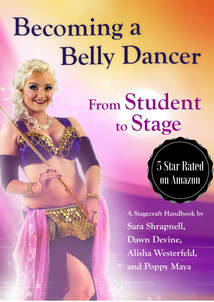 There are thousands more great tips about learning, setting goals and self critique in Chapter One of "Becoming a Belly Dancer: From Student to Stage". We took all our combined knowledge and shattered the illusions so that the belly dancers of the future can skip the potholes and move on their careers! "Becoming a Belly Dancer: From Student to Stage" is a stagecraft handbook for belly dancers and its available now from Amazon:  Sara Shrapnell is a belly dance writer, teacher and performer. She has taught more than 4,000 belly dance classes, both in the UK and US. She now teaches in Pleasanton, Dublin and Livermore in the SF bay area, as well as workshops world wide. Her classes are known for their humor, detailed breakdowns and cultural context. Students who have studied with Sara have gone on to teach and perform in all styles of belly dance and many have made their living through performance or teaching. If you like this blog, go back to the blog page, for others you might like including:
HOW TO GET AMAZING PERFORMANCE PHOTOS - CHEAT ! Dealing with Difficult StudentsTeacher Knows Best Are you Ready Teach Belly Dance ? Or check out these Hub Blogs including: "Your First Belly Dance Workshop" The Top Ten Belly Dance Tunes for Performance" "Finding a Great Belly Dance Teacher"
0 Comments
Your comment will be posted after it is approved.
Leave a Reply. |
AuthorCategories
All
Archives
March 2023
RSS feed works with feedly.com or theoldreader.com
|
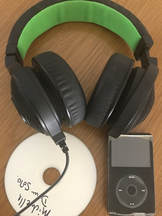
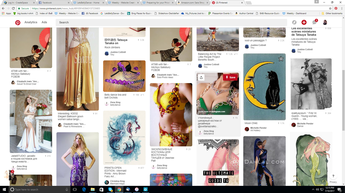
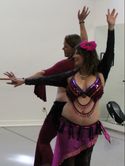
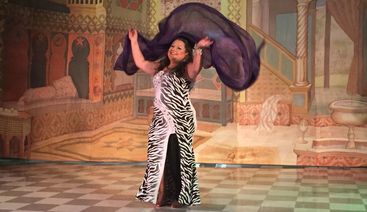
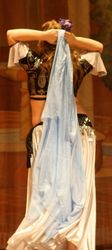
 RSS Feed
RSS Feed